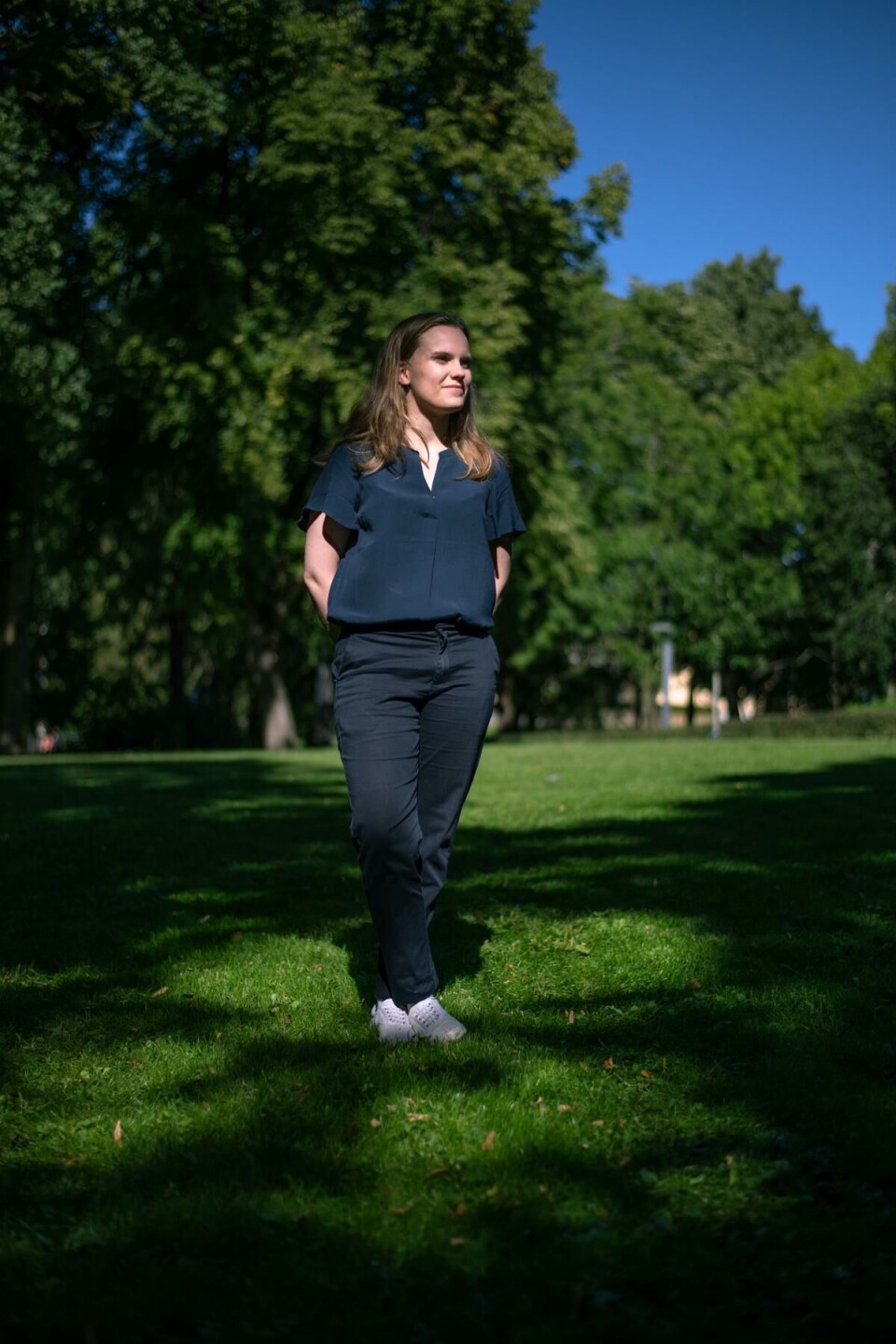
More than 6,000 students at UiO are not taking any credits
This is 24 percent of the student body: — Not fortunate, says the Director of the Department of Education Services.
In the fall of 2020, 26,450 students were registered at the University of Oslo (UiO). 6,461 of them did not take any credits. This is a reduction of almost 1,000 students since 2019: in 2019, 7,575 students did not take any credits.
— It is of course not fortunate that many students are registered without taking any credits, says the Director of the Department of Education Services at UiO, Hanna Ekeli.
She says that master’s students are overrepresented in the statistics. This is because many of them are taking courses that last for two semesters. They are therefore not taking any credits in the first semester, but instead get all 60 credits registered in the second semester.
— A certain share of the students do not take their exams due to valid absence, and a certain share of students do not pass their exams. Others have also applied for, and gotten approved for, temporary leave from their studies, Ekeli explains.
Hard to reach
— The numbers are way too high, says the leader of the Student parliament at UiO, Runa Fiske.
UiO has, on several occasions, attempted to get in touch with this group. But it has been difficult to get answers on what the reason is for them not taking any credits, Fiske says.
— Some may have planned to complete courses, but then things have happened in their life that has prevented them from doing this, for example some have kids, experience illness or get a job. We also know that some drop out during the semester, and these need to be helped before they become part of this statistic, Fiske says.
She adds that there are probably some who register to get student discounts and other perks.
The article continues below the photo.

UiO loses money
The Department of Education and Research gives funding to the educational institutions based on how many credits are completed each year. The consequence of over 6,000 people not taking any credits at UiO could therefore be that the university misses out on funding.
— We take into account that some will not complete their studies when we determine how many students we can admit to each programme, Ekeli says.
Student leader Fiske also thinks it is unfortunate that UiO could miss out on funding:
— This money could for example be used to improve teaching. Another consequence could be that these students are occupying spots in courses even though they do not intend to complete them, and those spots are then unavailable for other students.
Ekeli says that the share of students who do not take any credits is greater among students over the age of 30. The share of students not taking any credits is also generally high among single-course students.
— What do you do to avoid that so many people take no credits?
— UiO and the faculties have, for several years, worked to reduce this number. The measures are about the reception of students and academic integration, varied teaching, follow-up and guidance throughout the course of their studies and good types of assessment, answers the Director of the Department of Education Services.
More students taking credits at Oslomet
There are considerably less students taking no credits at Oslomet, where there are 21,905 students, and only nine percent of first year students in 2019 took no credits.
— Throughout the years, Oslomet has worked to guide students into the right studies before they apply, and to follow-up on them during their studies to make sure they get adjusted, says Pro-Rector Nina Waaler.
— There are many reasons for students not taking any credits. Some reasons are related to the studies, other times it is about things that happen in their life outside of their studies.
She says that the university makes an effort to accommodate for students quickly entering the social and academic community.
— We are therefore continually working to improve the way we receive new students, among other things through the buddy arrangement, mentor arrangements and the programme The Good Student Experience (different measures by Oslomet for better study experience at the university), says Waaler.

































